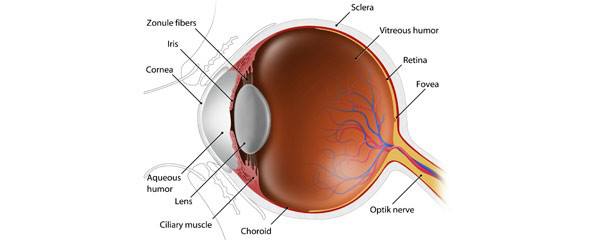Colour vision may help myopia
A possible link between colour vision and the development of myopia – or near-sightedness – has been discovered by an international group, including a researcher from The University of Western Australia.
Winthrop Professor David Hunt and colleagues in the UK and the US found the link during research into a genetic eye disease that affects males and is carried by females.
Their findings are published in the journal Investigative Ophthalmology and Vision Science. The work is an important step towards understanding – and one day treating – myopia, which is one of the world’s most common eye defects.
The researchers analysed genes that specify the photosensitive (opsin) pigments found in photoreceptor cells in the retina of seven families with Bornholm Eye Disease (BED). BED was first described in a big family from the Danish island of Bornholm.
The families in this study were from Denmark, Minnesota (US) and the UK. The UK family originated from Morocco. All affected individuals have significantly reduced vision, are red-green colour blind and suffer from infantile myopia.
The study established that opsin gene variation is responsible for both cone dysfunction (cone cells in the eye are responsible for colour vision) and the colour vision defect.
“Since myopia is an integral component of the BED syndrome, it would seem likely that this must also arise from the dysfunctional cone photopigment and the disruption of the normal cone mosaic, but how this results in myopia remains uncertain,” the researchers write.
(Source: University of Western Australia: Investigative Ophthalmology and Vision Science)
Dates
Tags
Created by:

 Login
Login














